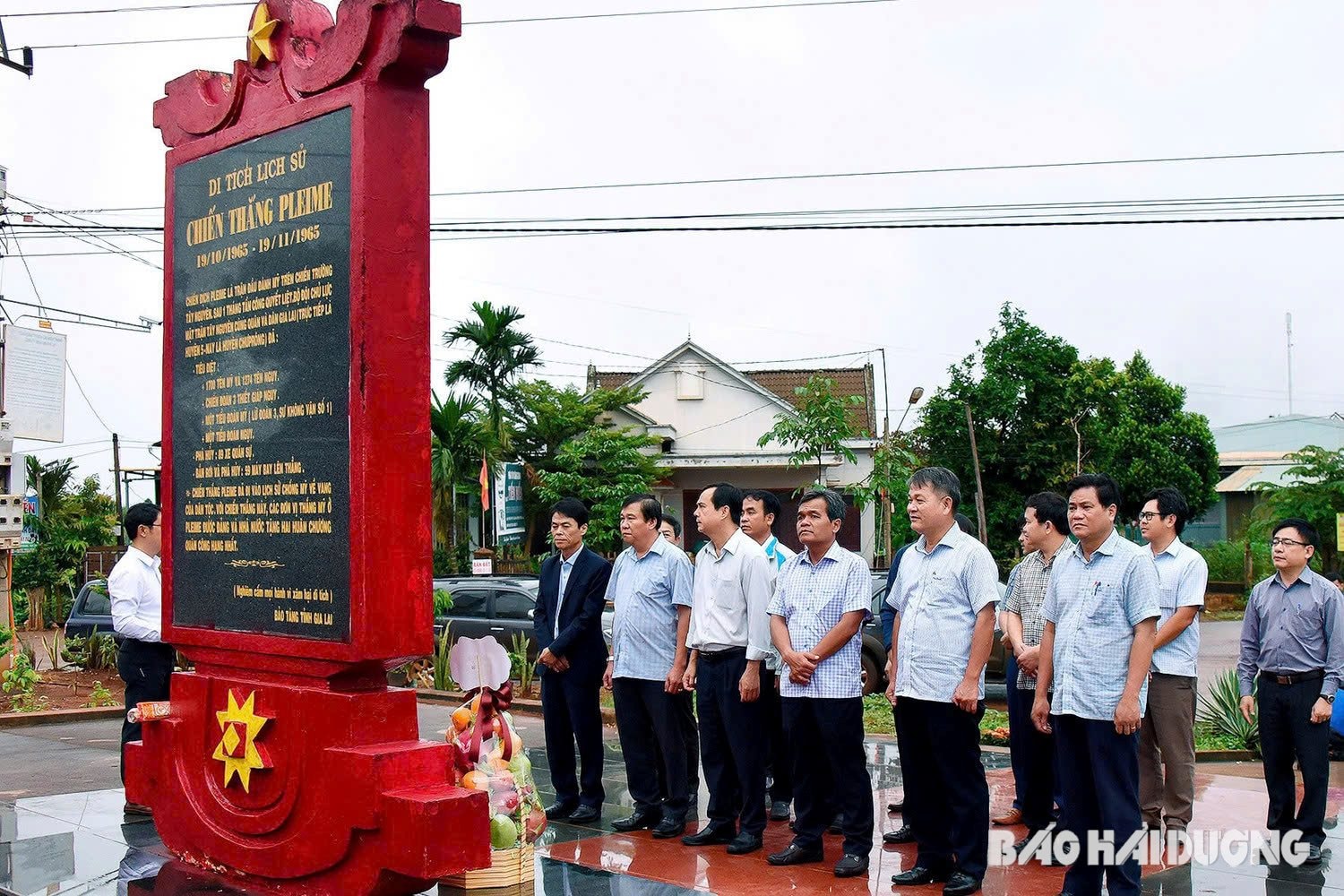
In March 2025, on the occasion of the 50th anniversary of the liberation of the South and the reunification of the country, the delegation of Hai Duong Newspaper had the opportunity to revisit the old battlefields. Ia Drang Valley in Gia Lai Province - the place associated with the Plei Me Victory - was the first stop on the journey.
The Plei Me victory was the opening victory over the US on the Central Highlands battlefield of the Southern Liberation Army, and had special significance.
Changing the situation of war
At the end of 1965, implementing the "Local War" strategy, the US sent troops directly into the war in South Vietnam to save the collapse of the Saigon government and army. On the Central Highlands battlefield, the US military command decided to send the 1st Airborne Cavalry Division and a parachute brigade of the 101st Division to occupy An Khe, carrying out the mission of stopping the activities of the main force of the Southern Liberation Army, separating the Central Highlands from the coastal plains of the Central region, cutting off the support of the large rear base in the North for the Southern revolution through the Ho Chi Minh trail system and from Laos.
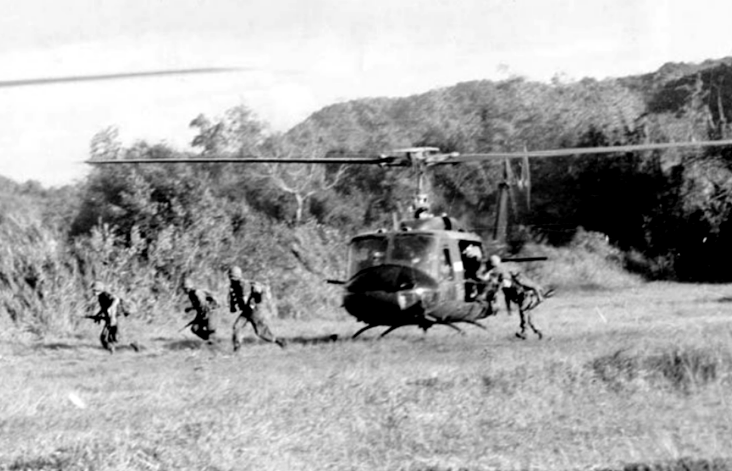
Faced with the enemy's actions, the Central Highlands Front Command decided to launch the Plei Me Campaign, with Major General Chu Huy Man as Commander and Political Commissar of the campaign, to destroy an important part of the Saigon main force, and draw the US out to rescue; if the US troops came out, they would try to destroy a part of the US troops to learn about their combat capabilities and build a way to fight the US for our troops.
To successfully achieve the set goal, the Plei Me Campaign Command mobilized 3 Infantry Regiments 320, 33 and 66, along with a commando battalion, an artillery battalion, a 12.7mm anti-aircraft machine gun battalion and local armed forces.
Implementing the policy of "attacking the point, destroying the reinforcements", first attacking the puppet army, then destroying the Americans, drawing the American troops away from their bases, going deep into the rugged mountainous areas to destroy them, on the night of October 19, 1965, we destroyed Chu Ho post, surrounded Plei Me post to force the enemy to come to the rescue. On October 23, we ambushed and destroyed the 3rd Armored Battalion of the Saigon army coming to the rescue on Highway 21, forcing the 1st US Airborne Cavalry Division to send two battalions of the 1st Brigade into the battle. From November 14, the US brought the 3rd Airborne Cavalry Brigade into the battle and used the "leap-frog" tactic to land troops in the Chu Prong mountain area, intending to suddenly attack the rear of our formation. Based on the prepared battlefield, from November 14 to 17, 1965, we fought fiercely, forcing the US troops to the Ia Drang valley, attacking and destroying almost an entire US battalion, completing the key victory of the campaign. Building on the results of the battle, we stepped up the attack, forcing the 3rd Airborne Cavalry Brigade to withdraw from Ia Drang.
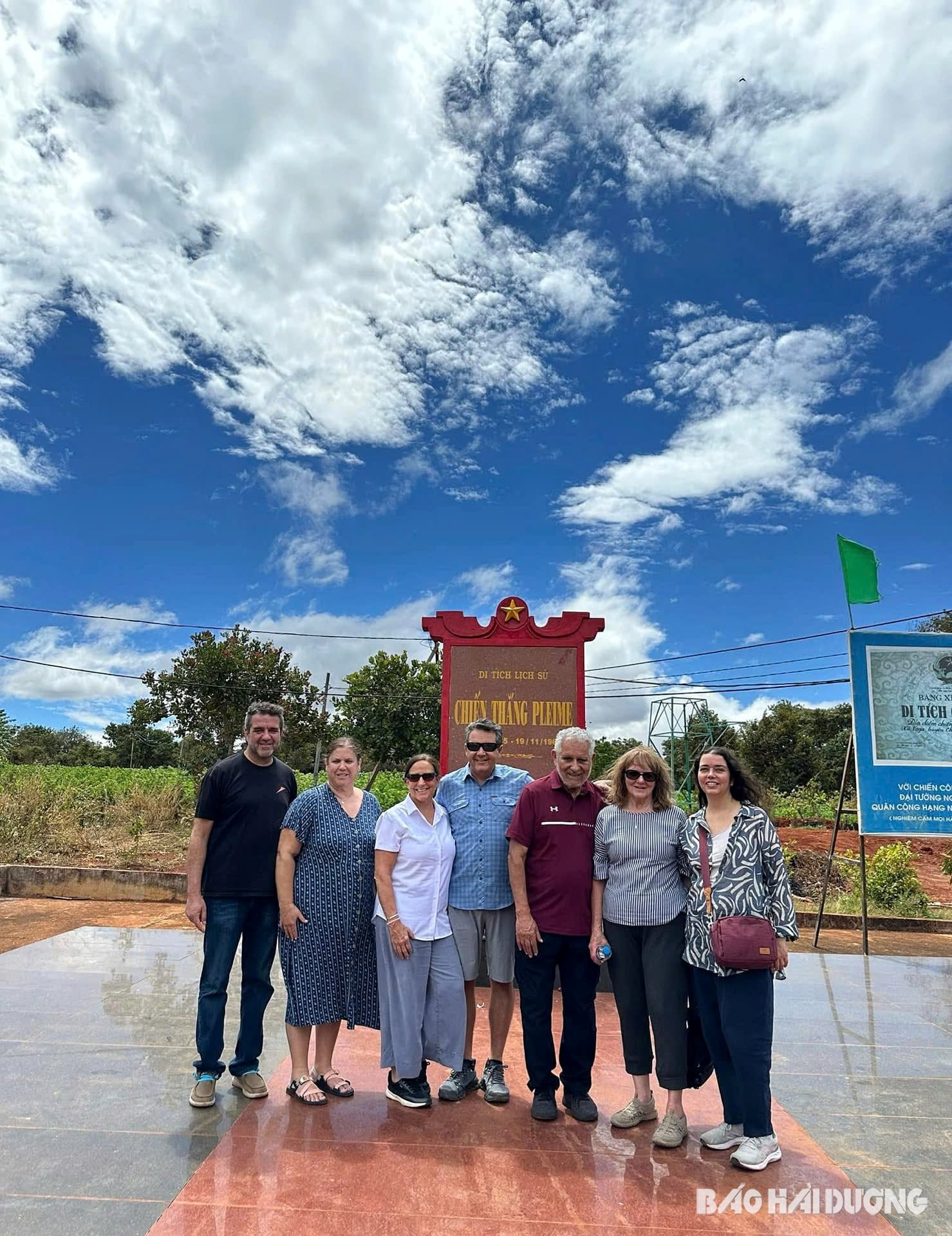
The success of the Plei Me Campaign contributed to dispelling fears about the US's strength, lowering its prestige, directly strengthening our army and people's belief in the determination to defeat the US invaders, arousing the enthusiastic spirit to fight the US on the entire battlefield, and contributing with the heroic South to defeat the US's first dry season strategic counter-offensive.
Talking about this event, Lieutenant General Harold Moore - former Battalion Commander of Battalion 1, Airborne Cavalry Regiment 7, Airborne Cavalry Division 1, who fought in Ia Drang, affirmed that this was "a battle that changed the course of the war".
New vitality in Ia Drang valley

Places and locations associated with famous battles in the southwestern border region of Gia Lai province such as Ia Drang valley now in Ia Púch commune, the site of the Plei Me Victory stele in Ia Ga commune, Nha Thuong waterfall in Ia Pia commune... have now formed an emotional ancient battlefield tourism route.
After 50 years of liberating the province and exactly 60 years of the glorious victory of Plei Me (1965), the Chu Prong battlefield has not lost its appeal, especially to veterans from both fronts and their descendants. In addition to a number of travel agencies that are stably exploiting this tour, the local government is also making efforts to increase the attractiveness of the destinations. The Plei Me victory has been recognized as a national historical site and included in the tourism development plan, with a vision to 2030. The Ia Drang Valley victory in 1965 has also just been recognized as a provincial historical site.
Tour guide Nguyen Le Hoang Anh, Director of Gia Lai Eco-tourism Trading Company Limited, has had the opportunity to lead many international tourist groups to visit legendary places such as: Ia Drang valley, Plei Me, X-Ray landing site at the foot of Chu Prong mountain, Ia Dang river. "Many American soldiers were only eighteen or twenty when they came here. After more than half a century, they had the opportunity to return. They could not help but be moved by the place that used to be a battlefield, even though the traces of war had been replaced by the green color of life. Many people cried," Ms. Hoang Anh said.
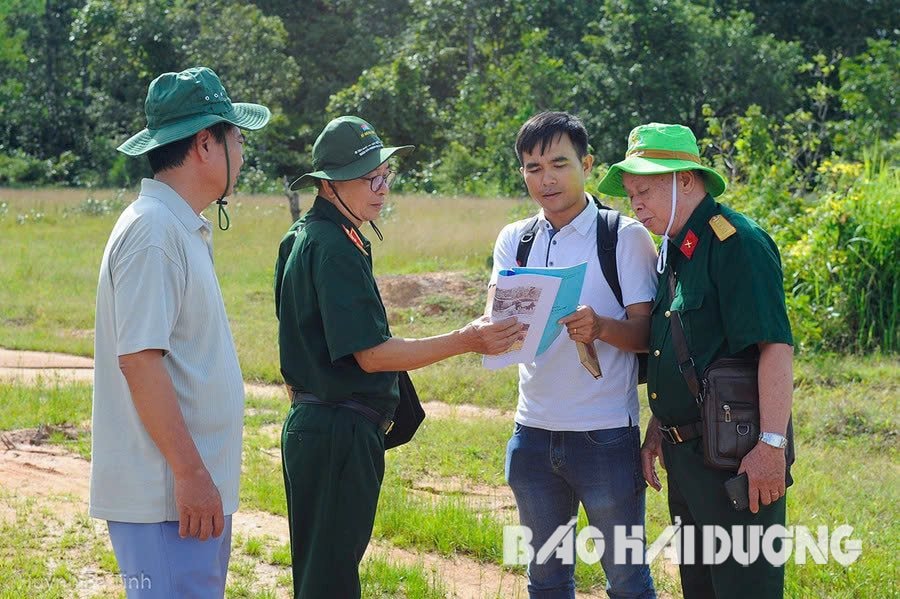
Concrete and asphalt roads stretch straight from the beginning of the village to the end of the hamlet. The inter-district traffic route of Chu Se - Chu Puh - Chu Prong is more than 32 km long like a silk strip across fields, streams, forests, connecting National Highway 25, National Highway 14, through many communes and towns to the disadvantaged communes of the border district of Chu Prong. 100% of the communes in Ia Drang valley have national grid electricity, medical stations, primary schools, and wholesale markets. On the hardened roads, there is a bustling scene of trading, gas stations, phone stores, and food services springing up side by side.
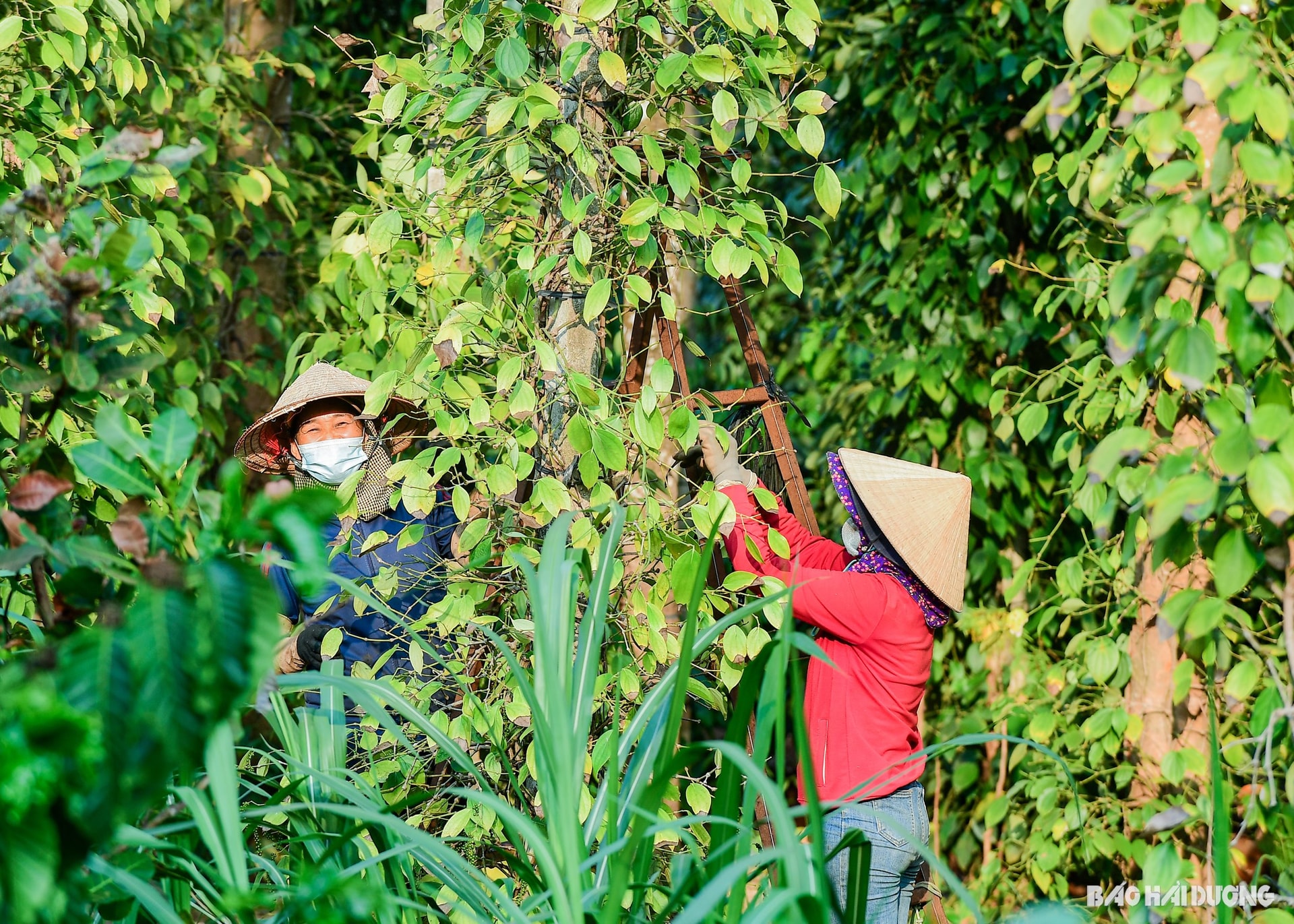
At Chu Prong Rubber One Member Co., Ltd. under the Vietnam Rubber Group, there are currently more than 3,100 people, of which 51% are local ethnic minority workers. Particularly at Hoa Binh Rubber Plantation, nearly 92% of the workers are J'Rai, or at Suoi Mo Rubber Plantation, this rate is 77%. The average salary of an ethnic minority worker is nearly 6 million VND/month. Many skilled latex tappers and many ethnic minority households have an income of over 100 million VND/year. Many J'Rai households are getting rich, earning 200 - 300 million VND each year from coffee, pepper and rubber. There are families that have gone to the new economic zone and earn 800 million VND or more each year.
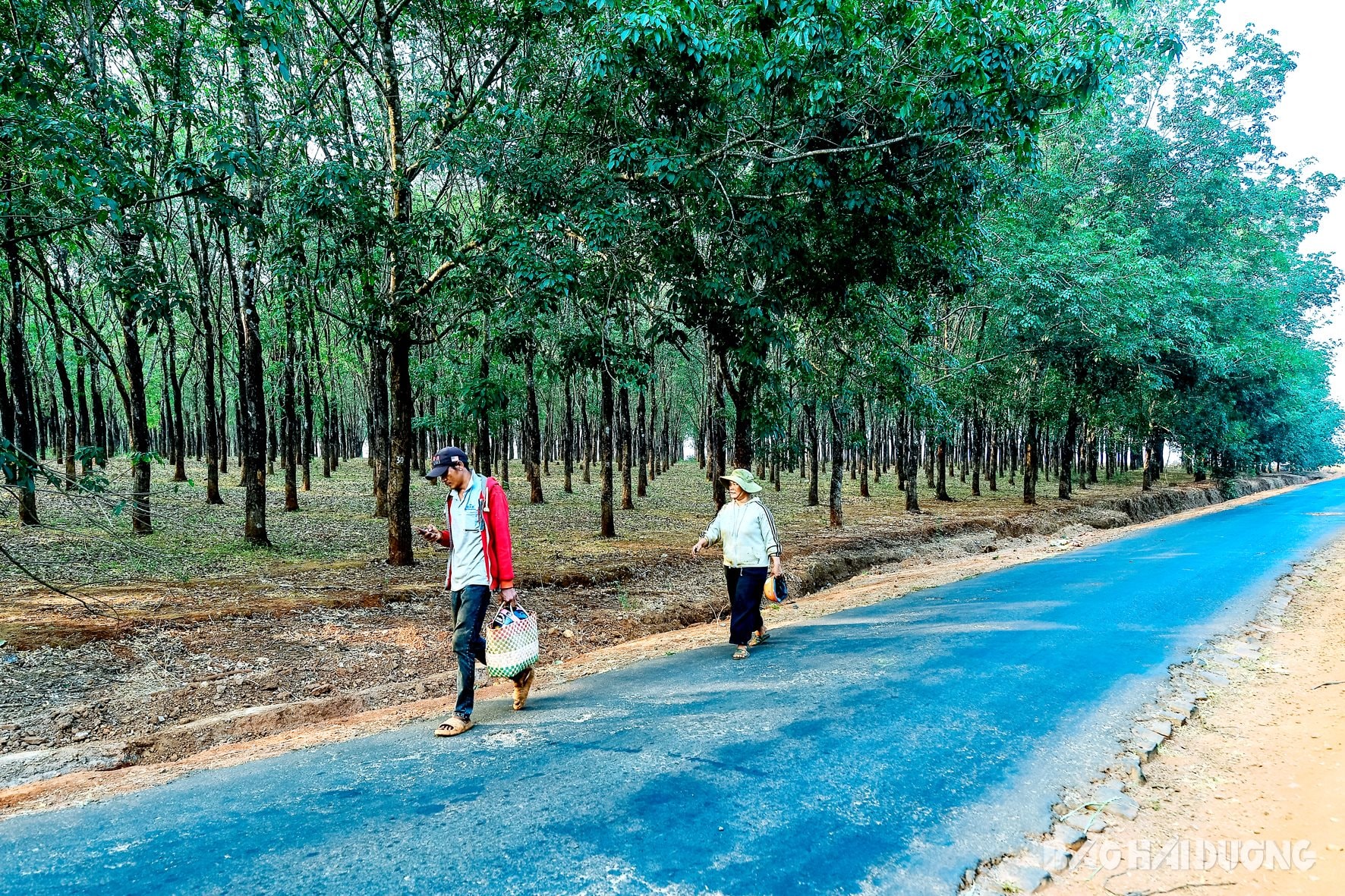
Mr. Pham Van Xung, Chairman of the People's Committee of Ia Drang Commune, Chu Prong District, spoke about the renewal of his hometown with great joy. In the journey of building new rural areas and implementing national target programs, Ia Drang has mobilized people to contribute nearly 1.5 billion VND to concretize rural roads, schools, electricity systems, repair houses and environmental sanitation, and at the same time create capital for poor households to do business...
Light has covered the J'Rai villages at the foot of Chu Prong mountain, the sacred land, the land of the Dam San men who have never surrendered to the enemy.
After more than a month of fighting (from October 19 to November 26, 1965), the Plei Me Campaign achieved a resounding victory. The participating forces eliminated nearly 3,000 enemy troops (including 1,700 US troops), destroyed a mixed infantry and mechanized battalion of the Saigon army, destroyed and damaged 2 US battalions, destroyed 89 military vehicles, and shot down 59 aircraft.
Lesson 2: Attack, siege, and complete liberation of Khe Sanh
MAI LIENSource: https://baohaiduong.vn/tro-lai-nhung-chien-truong-lich-su-bai-1-plei-me-chien-dich-mo-man-thang-my-o-tay-nguyen-409831.html


![[Photo] 60th Anniversary of the Founding of the Vietnam Association of Photographic Artists](/_next/image?url=https%3A%2F%2Fvphoto.vietnam.vn%2Fthumb%2F1200x675%2Fvietnam%2Fresource%2FIMAGE%2F2025%2F12%2F05%2F1764935864512_a1-bnd-0841-9740-jpg.webp&w=3840&q=75)


![[Photo] National Assembly Chairman Tran Thanh Man attends the VinFuture 2025 Award Ceremony](/_next/image?url=https%3A%2F%2Fvphoto.vietnam.vn%2Fthumb%2F1200x675%2Fvietnam%2Fresource%2FIMAGE%2F2025%2F12%2F05%2F1764951162416_2628509768338816493-6995-jpg.webp&w=3840&q=75)


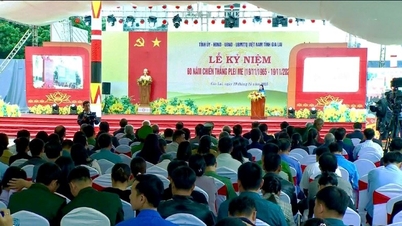

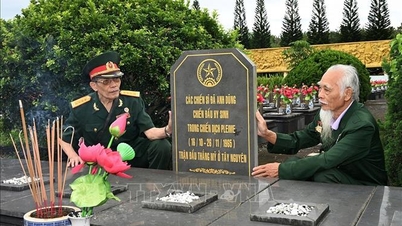

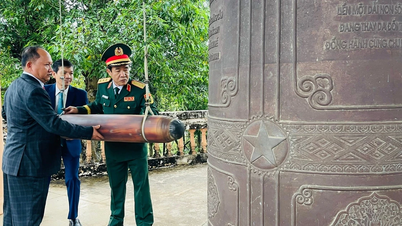

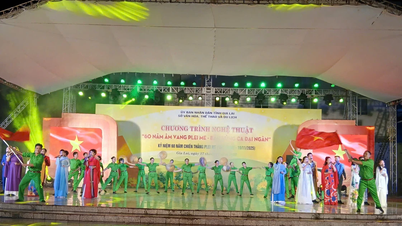
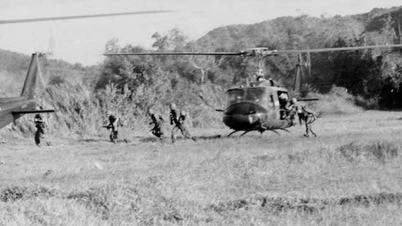

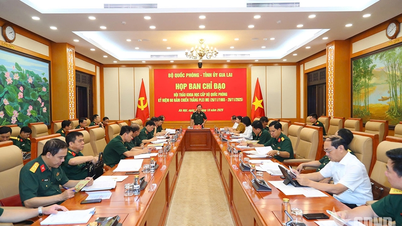
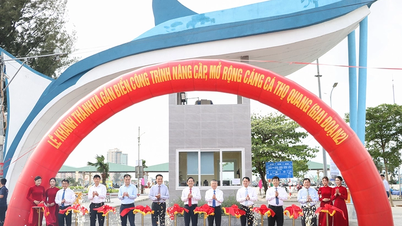





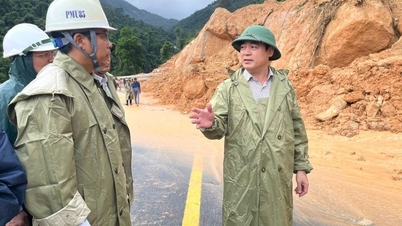

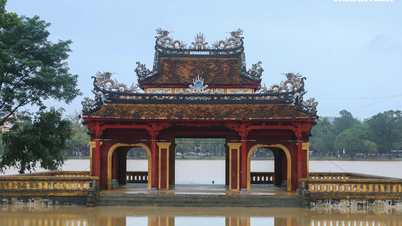








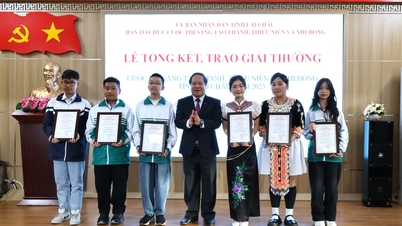

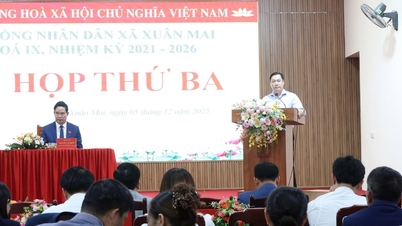

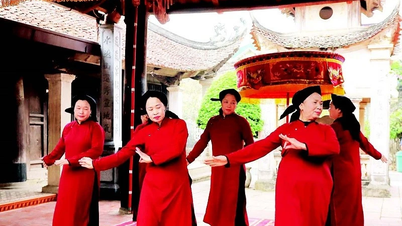
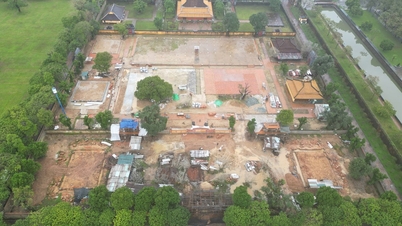



























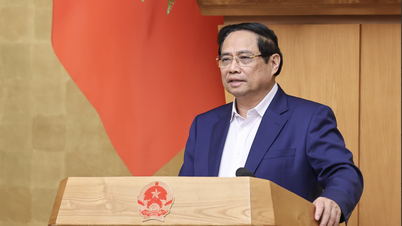
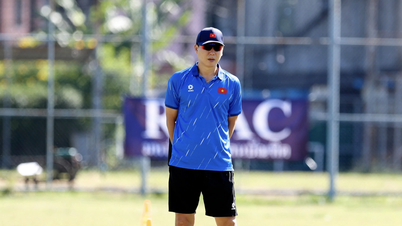
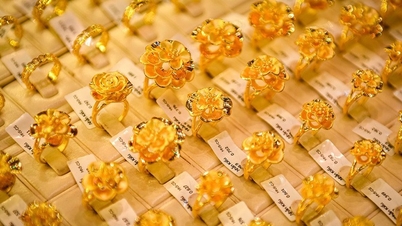
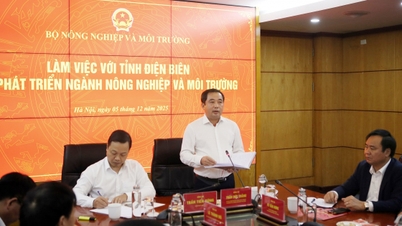

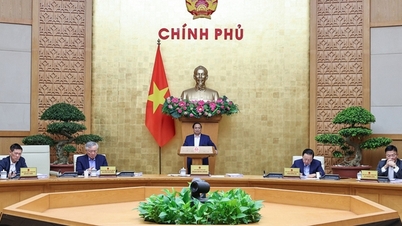






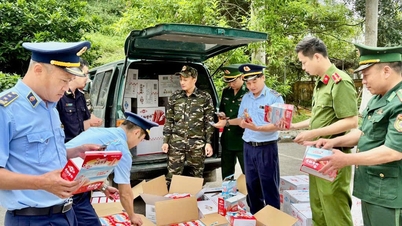

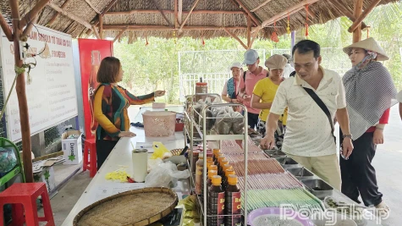

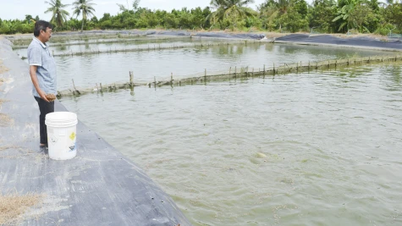
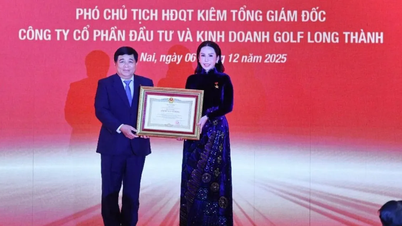
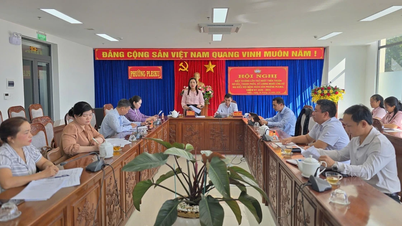



















Comment (0)